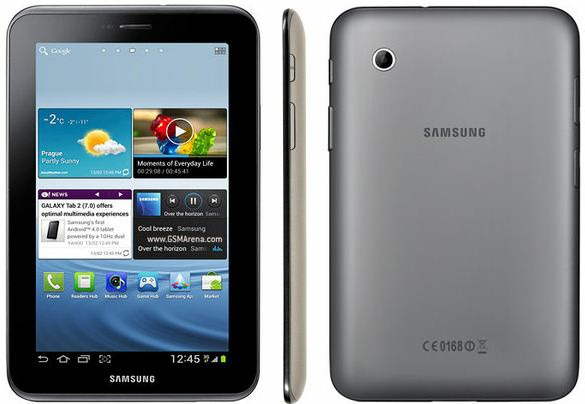Augmented Reality Defined – Latest AR Technology
Augmented Reality
Augmented reality (AR) is really amazing. AR technology is actually a live, direct or indirect view of a physical real world environment, where some elements are augmented (or supplemented) by computer-generated sensory input. This input may be sound, video, graphics or GPS data.
It is related to a more general concept called computer-mediated reality, in which a view of reality is modified (possibly even diminished rather than augmented) by a computer.
As a result, the technology functions by enhancing one’s current perception of reality. By contrast, virtual reality replaces the real world with a simulated one.
You must have seen AR in action conventionally in real time and in semantic context with environmental elements, such as sports scores on TV during a match or the action replays that show projected trajectories. They actually combine real world elements and some computer generated graphics/animation.
AR Technology
With the help of advanced AR technology (e.g. adding computer vision and object recognition) the information about the surrounding real world of the user becomes interactive and digitally manipulable. We use AR for the information about the environment and the our objects are overlaid on the real world.
This information can be virtual or real, e.g. seeing other real sensed or measured information such as electromagnetic radio waves overlaid in exact alignment with where they actually are in space. Augmented reality brings out the components of the digital world into a person’s perceived real world. One example is an AR Helmet for construction workers which displays information about the construction sites.
As we can see then, there are a whole host of examples of augmented reality being used in retail with Augment. Retail execs should, at the very least, consider AR as a legitimate option for their marketing and advertising needs if they want to stay ahead of competitors.
We know that the first functional AR systems were invented in the early 1990’s. There by starting with the Virtual Fixtures system developed at the U.S. Air Force’s Armstrong Labs in 1992. The use of computer-mediated reality to diminish perception, by the removal or masking of visual data. We also use it for architectural applications, and is an area of ongoing research.
Augmented Reality Uses
Augmented reality adds graphics, sounds, haptic feedback and smell to the natural world as it exists. Both video games and cell phones are driving the development of augmented reality. Augmented reality displays may look like a pair of glasses where informative graphics will appear in your field of view, and audio will coincide with whatever you see. More retailers are now taking advantage of the visual dynamic by turning into augmented reality solutions.
When people search for products, they tend to gravitate to where their eyes take them. Good news to you. Augment offers you the best technology to help you boost your retail business in both consumer packaged goods and display designs. The world may see augmented reality to enhance visual perception, like an aid to the visually impaired. The target user’s visual perception of the environment is mediated for interactive computer interfaces. This can be done through the use of some kind of electronic device, such as an EyeTap device or smart phone. These devices can act as a visual filter between the real world and what the user perceives.
Augmented reality examples
augmented reality – or AR – has the power to bring an image, product label or even shop window to life. Customers can see brands and their stock in a new way and engage with them on a completely new level.
Topshop Kinect Dressing Rooms
Trying on clothes can be pretty off-putting for many shoppers, especially those in a hurry. Always one to test the boundaries of technology, Topshop has partnered with Kinect to created AR dressing rooms. This allows shoppers to virtually try on their purchases quickly and easily. Topshop also experimented with virtual reality further at London Fashion Week 2014.
Shisedio Makeup Mirror
Many women struggle to find the right shades of makeup. They want to know how things will look before they commit to a purchase. The augmented reality makeup mirror from Shiseido takes an image of a shopper’s face, before showing them what the latest cosmetics products will look like on their face.
IBM App
Research by IBM showed that 58% of consumers want to get product information in-store before a purchase, and that 19% of customers will browse mobile devices whilst shopping. To address this consumer need in a way they are using, IBM launched their AR app. Acting like a personal shopper, it uses augmented reality technology to provide shoppers with personalized information whilst browsing the shelves.
Burberry Beauty Box
Another beauty example now, and the Burberry Beauty Box store in Covent Garden, London uses AR in a number of imaginative ways. The most prominent is their nail bar. Here, customers can select their skin tone and then place different polishes on the bar. The display then shows how the polishes look in real life.




